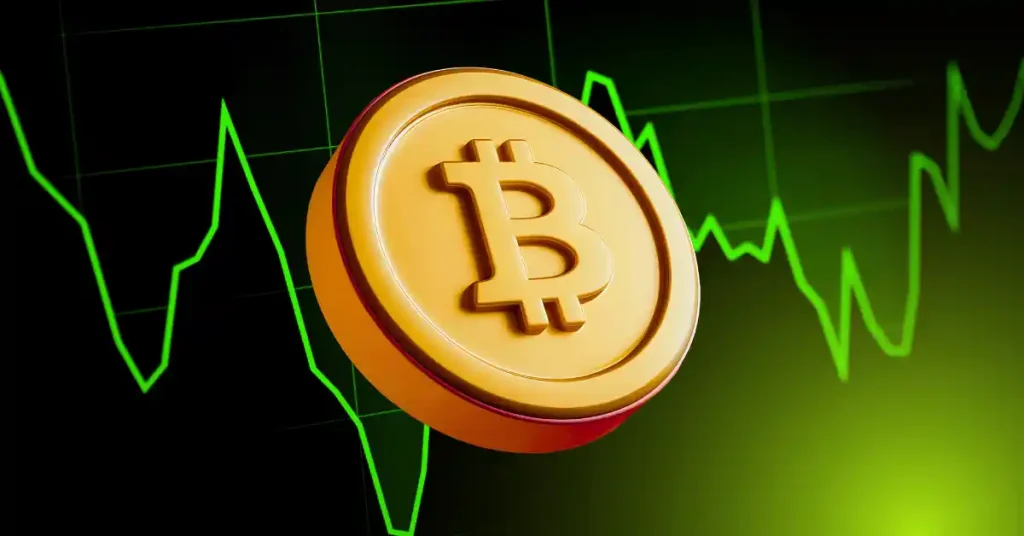Summary Filecoin is the clear frontrunner in the decentralized storage race, competing against other decentralized storage providers and the mega-cap tech stocks in the space, Amazon and Alphabet. Decentralized storage is a staple subsector of the cryptocurrency market, offering users secure and reliable methods to store large amounts of data without trusting a centralized actor. Major competitors include Arweave, Storj, and Siacoin, each offering different user interfaces and storage methods. Filecoin ( FIL-USD) , Arweave ( AR-USD ), Storj ( STORJ-USD ), and Siacoin ( SC-USD ) all have seats at the table in the decentralized storage race with the potential to capitalize on a key crypto trend: future blockchain and crypto adoption will require exponential storage demand for blockspace. Decentralization, one of the pillars of blockchain technology, will be required of storage just like any other critical blockchain function. The problem is storing data on blockchains like Ethereum ( ETH-USD ) can be expensive and inefficient. Storing data with a centralized provider like Amazon or Alphabet creates a single point of a failure, going against everything blockchain technologies stand for. Further, and maybe most important, decentralized storage solutions are already far cheaper than the large, centralized data storage providers like Alphabet and Amazon. Therefore, as blockchain goes so too does decentralized storage. All of these tokens previously mentioned create value from their network of storage providers and storage demanders; all actions on the networks require their respective, native tokens. The more storage is demanded on each network, the more their token is demanded. Decentralized Storage Players (Messari) The Leader in the Clubhouse: Filecoin One thing to note right off the bat: the decentralized data storage world is Filecoin's to lose. However, Filecoin's revenue slid from $596 million in 2021 to just $13 million in 2022. This is a 98% drop, although the numbers are deceiving. Filecoin's network was expensive to use in 2021, which while great for generating revenue in the mania of the 2021 bull run, is unsustainable for long term client retention. As the crypto market collapsed, Filecoin was making their network more efficient and cheaper to use. The revenue drop is significant, but Filecoin is still generating significantly more revenue than their competitors. More importantly, they're playing the long game and sacrificing revenue now for long-term, sustainable demand down the road. Messari Filecoin revenue is generated by both the supply and demand side, meaning fees are taken from users purchasing file storage and users accessing their stored files. See image below for clarity: Filecoin Revenue Sources (Filecoin) Around $1.3 billion in token incentives were paid out in 2022 as a way to incentivize network adoption, a common method in the crypto universe. Look at the trailing 12-month chart of Filecoin revenue (green) versus Filecoin Earnings (Purple). They are basically subsidizing their growth with token incentives now to establish market dominance and generate positive earnings in the future. This is no different than Amazon sacrificing profits early on in order to dominate the online retail space as we know it today. Filecoin Revenue (green) and Earnings (purple) (Token Terminal) While the above chart is ugly, earnings looks to be trending in the right direction towards profitability. So the question is, is the massive cost of adoption worth it for Filecoin? The best way to evaluate this is storage demand, and the following two charts are promising: Filecoin Usage (Messari) Filecoin Daily New Deals (Messari) Storage demand is on the rise, which is the only trend that matters for Filecoin in their quest for data storage domination. At the time of writing, Filecoin stores over 740x the data than any of the three competitors in this research. On top of that, research from CoinGecko indicates that Filecoin has the cheapest storage available for both centralized and decentralized options. Filecoin is already significantly cheaper than any centralized players (Coingecko) One Last update on Filecoin; they launched the Filecoin Virtual Machine (FVM) in March 2023. We believe this has massive potential given how bullish we are on Ethereum. Developers can now port over smart contracts and code almost seamlessly to Filecoin. The FVM is a catalyst that could quickly double or triple network demand. Management claims that the recently launched FVM has the potential to "10x the networks functionally" with use cases such as tokenized datasets, data DAOs, smarter storage markets, and Layer 2 bridges. Competitors 1. Arweave Arweave is a bit more private with its financials than Filecoin. Arweave adopts a unique revenue model by charging clients a single, upfront fee for data to be stored in perpetuity. The potential of Arweave seems as high as any of their competitors, but at this point in time there is an elephant in the room: Arweave generated under $1 million in revenue over the past two calendar years, yet trades as a circulating market cap of over $315 million. This is an extremely expensive multiple, especially as revenue is trending downward on an annual basis. Taking a look at the fees paid for storing data, an important metric in studying overall revenue growth, we can see that Arweave has yet to break past the all-time high set back in December 2020. Fees have been on a downtrend since September 2021, coinciding with the overall cryptocurrency bear market. Arweave's next test will be in the next crypto adoption cycle; will Arweave capture enough data storage from existing and new players? Arweave Data Fees (Arweave Explorer) On the adoption front, the size of their data storage network ("The Weave") has continued to grow (see below). All metrics are showing growth for Arweave, but revenue generation needs to improve to be considered for investment. Arweave network Size (Arweave Explorer) Arweave has one key strength that should be noted: making deals. For instance, the Arweave team struck a deal with Meta (Facebook) as a part of the company's effort to introduce NFTs to Instagram. However, reports indicate Meta won't move forward with its Web3 initiatives until 2024, so the effects of this deal have yet to be seen. Regardless, it bodes well for Arweave's management to make such a deal with a tech-giant. Solana Labs paid out a $15,000 bounty to create the SOLAR Bridge, which went live 2 years ago. This bridge makes Solana the first blockchain to move and store its transaction history on a dedicated storage network. Solana's success now directly benefits Arweave. Arweave also made a deal with Internet Archive, a non-profit dedicated to archiving almost all information on the internet. Arweave stores the torrent files for them to ensure the information is always accessible to the public. If deals like this keep up, Arweave has potential to grow much faster. 2. Storj One of the key revenue streams for Storj is through the use of STORJ as a means of payment for storage and bandwidth on the network. Users pay for storage and bandwidth using STORJ, which creates a demand for the cryptocurrency. Node operators earn STORJ tokens by renting out storage space and bandwidth to users. The more storage space and bandwidth a node operator provides, the more STORJ they can earn. Storj also generates revenue through the use of the platform's enterprise offering. The enterprise offering provides a suite of tools and services to businesses that need to store and manage large amounts of data. This includes features such as dedicated support, compliance reporting, and API access. The enterprise offering generates revenue for Storj through subscription fees paid by businesses that use the service. On a relative basis, Storj is clearly #2 behind Filecoin. Starting with valuations, Storj generated 73% of the revenue that Arweave generated in 2022 while trading at 38% of Arweave's market cap. Further, Storj stores five times as much data as Arweave. If we were an arbitrage trader, we would buy Storj and sell Arweave. Since Storj is mostly enterprise focused, it lacks transparent metrics for potential investors with the exclusion of its revenue. The most recent report from the firm was in Q3 of 2022 for its tokenomics, seen below. STORJ Token Balances and Flows Report: Q3 2022 (STORJ) A significant advantage of crypto investing, typically, is greater transparency into on-chain data. The lack of transparency with Storj data is a concern, but we can clearly see Storj is positioning itself as more of a private firm than a cryptocurrency. Storj has a low valuation given its revenue which makes it more attractive to invest in than Arweave or Siacoin, but not advised at this time. 3. Siacoin Siacoin, the token that supports the Sia decentralized storage platform, has the lowest revenue of the competitors. Making matters worse, they lost some third party user interface providers in the first quarter causing revenue and network usage to plummet. Check out the charts below: Network storage usage: Siacoin Storage Contracts Plummet (Messari) Financial Metrics: Siacoin Key Financials Plummet in Q1 (Messari) Siacoin is to be avoided for the foreseeable future until they show signs of turning these numbers around. Filecoin Price Action Filecoin Price Collapse from All Time Highs (Coinmarketcap) Filecoin achieved its all-time high of $236.84 on April 1st 2021. As of late May 2023, it's right around $4.70. It's down a lot, but close to its all-time low of $2.43 on December 16, 2018. Throughout 2018 and 2019, when the crypto market was lackluster and Filecoin was virtually unheard of, the token traded between $2.50 and $8.10. The network, revenue, and prominence has grown significantly since then, and yet it's still trading in the same price range today. If you feel like you missed out on the 100x it saw in 2021, well, now's your chance to try again. Conclusion, Recommendations, and Risks Siacoin is to be avoided and Arweave looks overvalued. Storj looks like a decent value relative to competitors, but still needs to show significant adoption growth before being able to justify their valuation. Then there is Filecoin. To use an analogy, Filecoin is to the decentralized data storage world what Ethereum is to the layer 1 blockchain world. Filecoin is leaps and bounds beyond their competitors in terms of pricing power, adoption, and network expansion, and they are looking to build a moat around their leadership position with Filecoin Plus. Filecoin Plus is essentially subsidizing growth, driving down storage costs, attracting higher quality clientele, and establishing economies of scale that will make it difficult for competitors to compete. This subsidized growth comes with a key risk: token inflation. Filecoin is following the below token distribution, and while it levels out over time the current Filecoin circulating supply is only a quarter of eventual total supply. An investor should go in with a long-term mindset to withstand the inflation headwind, but then again if crypto experiences another mania then it may be a shorter timeframe to turn a profit. Filecoin Token Supply Schedule (Coinlist) Portfolio Positioning Diversification is important, so we often build crypto portfolios around subsectors of the industry. Some of these include Layer 1s, DeFi, cross-chain, entertainment, and infrastructure. In this case, it's file storage. We recommend having around 5% of your crypto portfolio in file storage, with Filecoin as the primary (or only) token. As always, Bitcoin and Ethereum should make up the vast majority of your portfolio with smaller positions built around them for the upside potential. For those without any Filecoin tokens: now is a good time to start buying.

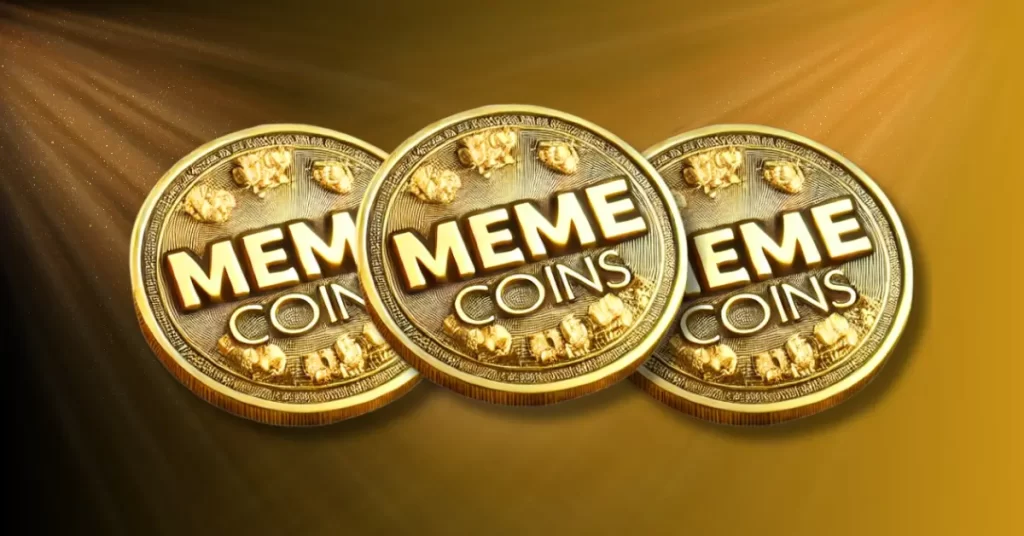

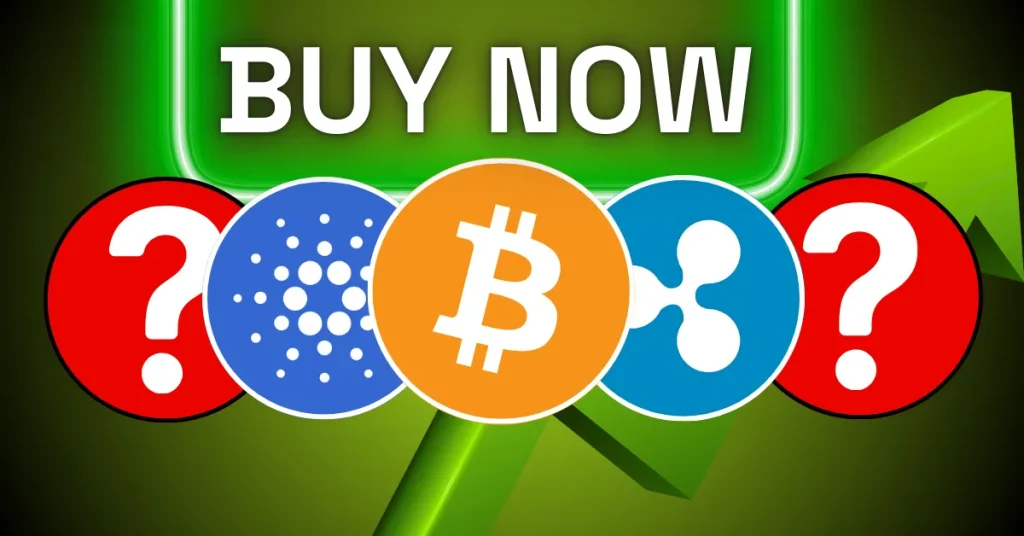
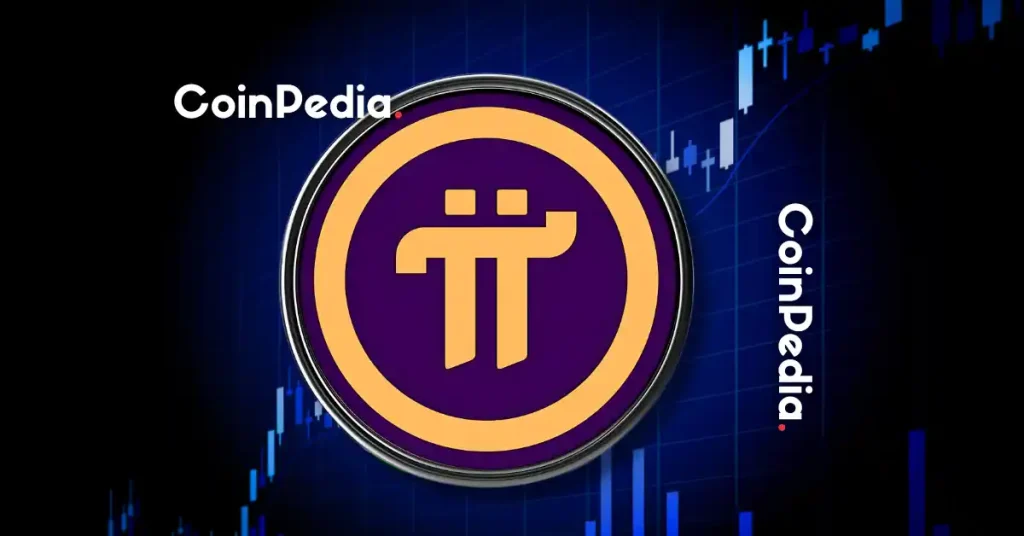



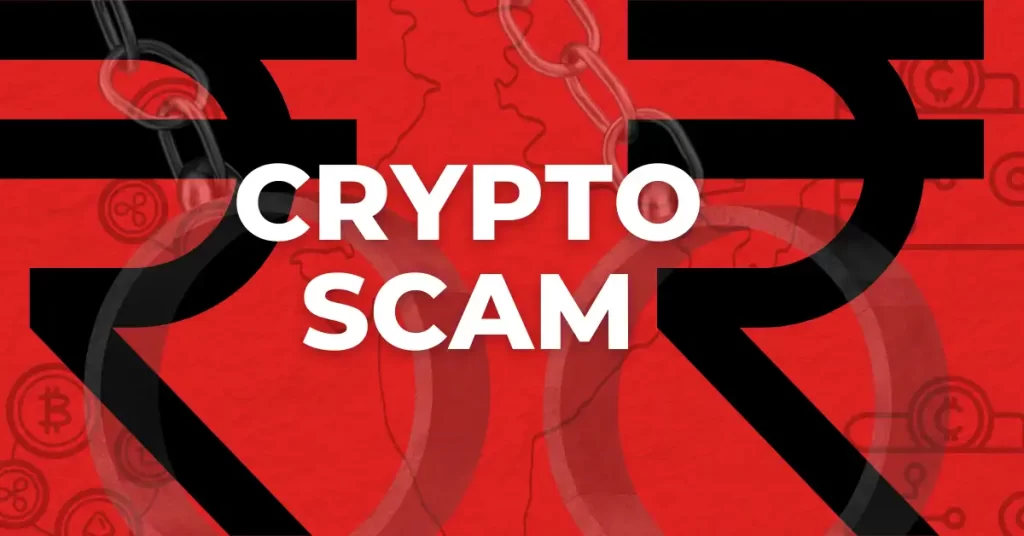




![[100X Global Shareholders Summit and Grand Exchange Launch] Concludes Successfully! [100X Global Shareholders Summit and Grand Exchange Launch] Concludes Successfully!](https://image.coinpedia.org/wp-content/uploads/2025/07/09160443/100x-global-shareholder-summit-1024x536.webp)
